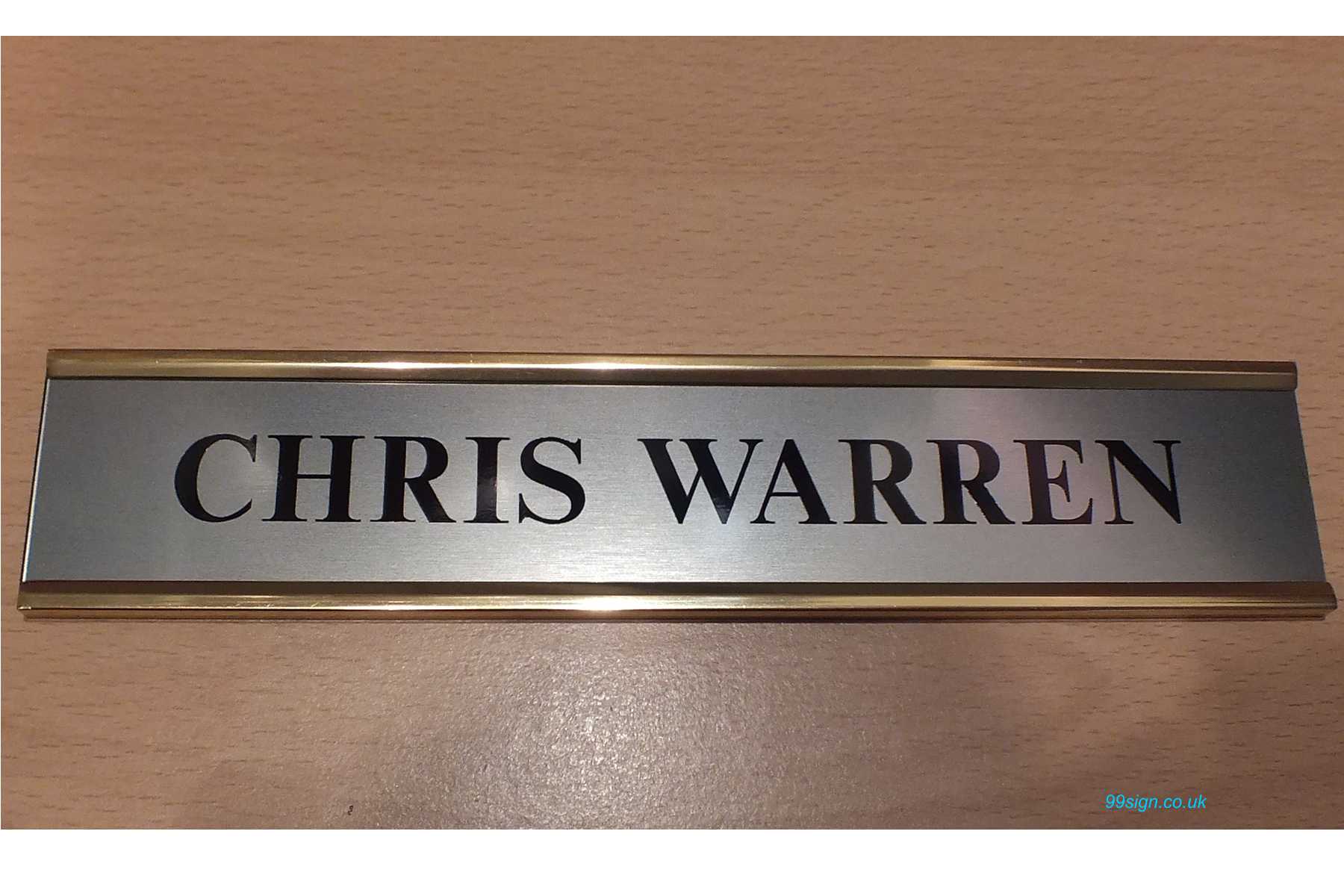CHIPPED GLASS SIGNS
Chipping glass signs have remained a secret for many years, although several have described the process but have nex’er gone into detail suffi- cient!}’ far that one could really master tlie art or become ])roR- cient and use it to any advan- tage financially. We have or- ganized The Pullrr.an School of Lettering for the })urposc of
helping its students instead of taking their money, and the more you want to know the better we like it. Chipped glass signs should be made on plate glass only. With the letters sent you, make a pounce pattern of what you want to say on the sign and perforate. Clean your glass and paste on a piece of heavy manila paper that has been prepared as fol- lows : To a half pound of gran- ulated glue (that has been soaked in water four hours) shave a half bar of laundry soap ; to this you will add a half pint of glycerine and heat in a double boiler until thoroughly cooked. While this mixture is hot. coat a larp^e sheet of manila ])aper and let stand over night (or until dry), then wet glued side with a damp sponge and apply to the glass, smoothing out all wrinkles with a piece of cigar box lid that has been rounded on edge with sand- paper. When paper is dry, lay on your pounce pattern face down and pounce letters with a dark “pounce bag.” Then, with a lead pencil and T square, g. ‘ o\er top and bottom lines of lettering. This will make them level and sharp. Lay “cut out” letters sent you on perforated lines of pounce pattern and mark each one with a sharp lead pencil. Now you are ready to cut, and with a sharp stencil knife (or pocket knife) cut out letters as follows : In cutting letters, keep away from the lead pencil marks y^ inch (in ordinary size letters). You will find, when gilded and ready to clean off between and
GLASS DOOR SIGNS
around letters, your “cut out” letters are ^i inch larger than the space or letters you have just cut, and when letters are sandblasted, chipped and gild- ed, and the surplus gold is cleaned away, you will then have a chipped gold letter, with a burnished gold outline J^ inch wide around each letter. You will then back them up (as described in Backing Up Letters), and when the “back- ing up varnish” is dry you are then ready for the background, which should be black (or any dark color, such as dark red, dark blue, dark green, etc.) When you have cut the letters out, you are then ready to have them sandblasted. If there is a sandblast machine in your town, or neighboring town, have glass sandblasted and you are ready for chipping, or send us size of glass and wording wanted for sign and we will furnish the glass, cut all neces- sary patterns, etc., GLASS DOOR SIGNS sandblast and chu) the letters ready for you to gild and put on back- ground, border, etc. All you will have to do is gild the let- ters and lay on the “cut out” pattern we send you and clean away surplus gold with brush (as per printed instructions at- tached to the word “Signs” sent you). This is a very sim- ple process that any one with ordinary intellip^ence, good eyes and two hands can do as well as we, and the only reason for above suggestions is on ac- count of so few towns having a sandblast machine. We wish to impress upon your mind again, we are here to help you instead of taking vour monev ;
